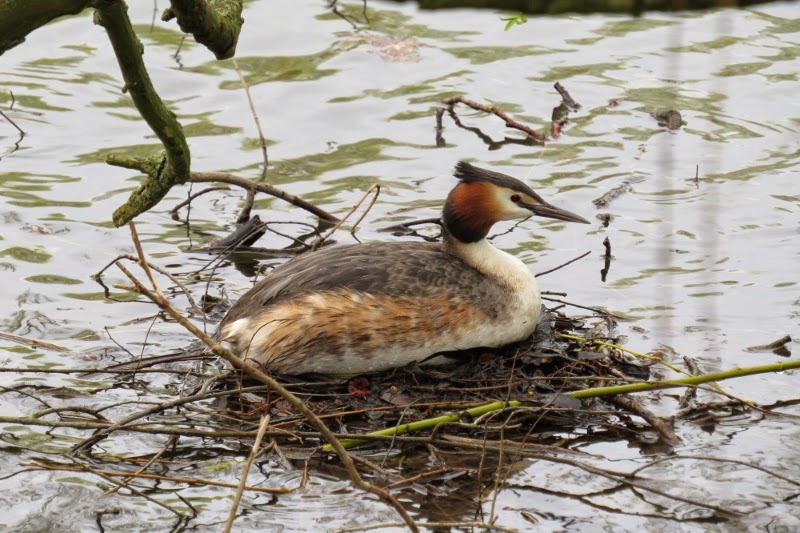March
The month started with
a slight frost which lead to a sunny day. Nothing like a bit of sun
to get everything out and about. I noted the first daffodil in the
garden to flower, the first bumble bee, fly, and the first time a
magpie visited the garden. The magpie is a nervous caller, only
briefly stopping on the table to gulp down some nibble before darting
off again. I also watched him try to take flying bites from the
hanging suet block.
A pair of starlings are
now regular addition to the many garden feeders. They are also
showing some interest in a bird box above the garage which is also
getting attention from the house sparrows.
The small birds such as
the tits and finches are usually the most numerous. The goldfinches
topped the chart on the one hour bird count at the beginning of the
month. The seed feeders in general being the most popular.
A couple of new
additions was a pied wagtail and a possible sighting of a siskin on
the niger seeds....just a brief glimpse. However the yellowhammer
visits much more often now and has on occasion been seen with a
female. They are always feeding on the ground so far.
 |
| Yellowhammer male |
I shot a video of a
yellow hammer singing on a branch on an early morning walk near B
woods.
I saw two blackbirds
mating on the log pile on the 8th and a pair were building
a nest in a conifer bush at the front of the house on the 31st.
I also found a large dead baby bird on the drive on the same morning,
I'm not sure what species it was as it wasn't well developed.
There was an increase
in the number of visits by the great spotted woodpeckers (GSW). We
now have at least four different birds but there could be more. The
more that I watch the more I can see differences between the
different birds. These include the more obvious red patch that
separates adult males from females but there is also other
characteristics such as the number of white bands on the tail and
colouring of a 'nose' band and chest. I propose that the more mature
birds have a deeper ruffous colouring to these parts.
I heard three GSWs
'drumming' in B woods and shot some film of one that was just in
range of my zoom.
Other sightings
A black cap chirping on
a branch in Spring Lane.
Two pairs of great
crested grebes nesting on U lake.
Ten or so goosanders on
U lake. A mixture of males and females. They came last year but
didn't stay for more than one weekend. 'These birds have been here
most of the month now.
These handsome diving ducks are a member of
the sawbill family, so called because of their long, serrated bills,
used for catching fish. A largely freshwater bird, the goosander
first bred in the UK in 1871. It built up numbers in Scotland and
then since 1970 it has spread across northern England into Wales,
reaching south-west England.'
http://www.rspb.org.uk/wildlife/birdguide/name/g/goosander/
On Sunday the 30th
there was a toad trying to get out from an empty plant pot in the
glasshouse. I gave him a lift and deposited him under some geraniums
where I have seen frogs / toads before.
Mammals
If I took an average of
the deer and hares seen on my local walks then the deer would be 3.25
per walk and 1.25 hares.
No mice were spotted
until the 7th when a new larger mouse was seen taking seed
from the ground. Then the little mouse was back out on the 10th
at his usual patch. Then on the 14th he had two
companions. Made me wonder just how many were in the area around the
feeders? There certainly are a lot of mouse holes in the soil. I
thought we were in for a summer of many mice but the long haired
Siamese (LHS) discovered there existence and probably put an end to
it. I saw him sitting in the dusk looking wonderfully eerie. There
was no sighting of a mouse until the 30th. Even if he did
eat them all, I suppose with a good niche like the area around the
feeders it wouldn't be long before another mouse family would move
in.



